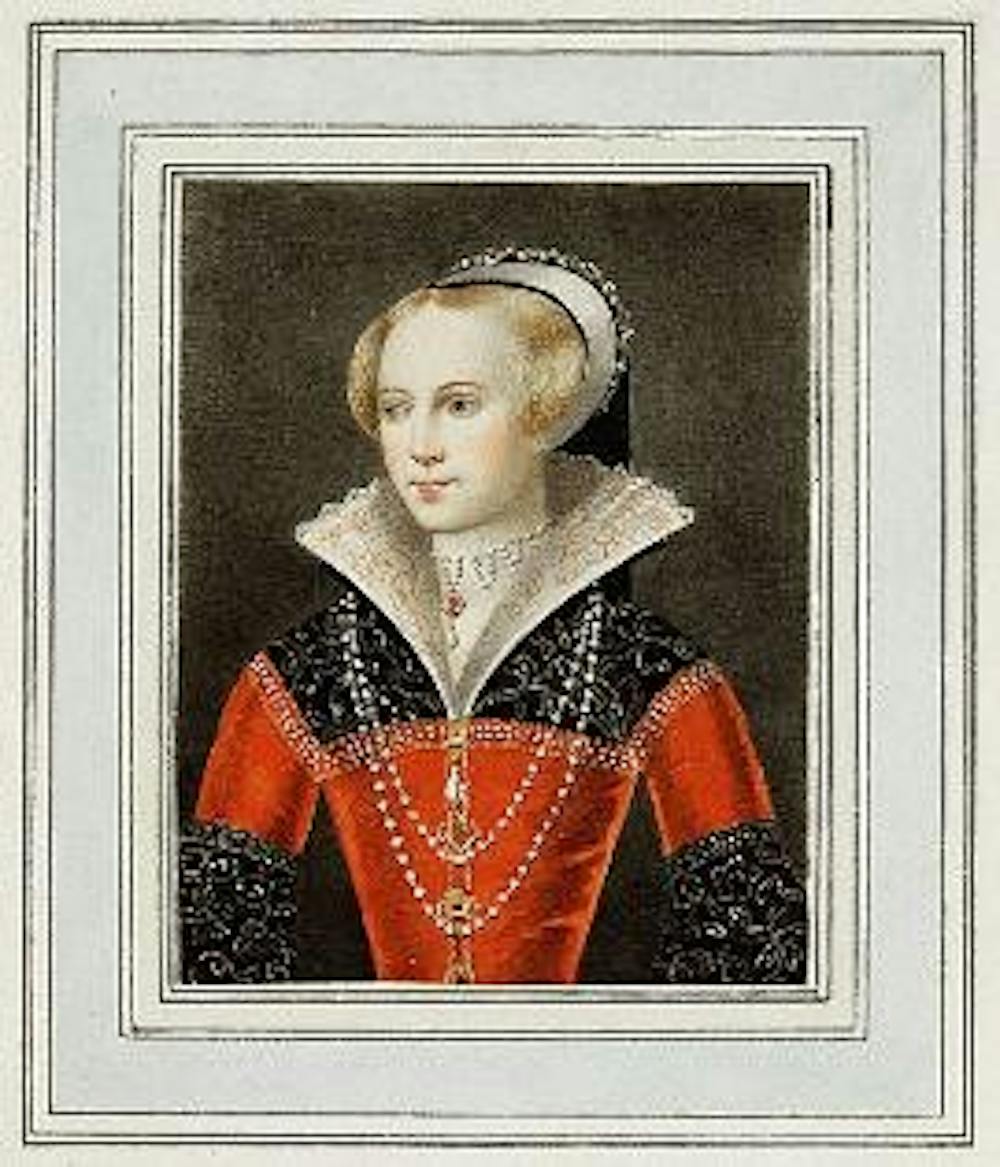With the presidential election campaign well underway, Americans are no strangers to spin. Today, the Folger Shakespeare Library opens "History in the Making: How Early Modern Britain Imagined its Past," which shows through books, art and other artifacts how the British rewrote their political and religious history to win over the public in the 15th and 16th centuries.
The exhibit is located down a long, dark wood-paneled corridor designed in Tudor style. Visitors can walk through the exhibit or use the cell phone audio tour guide. The cell phone audio tour is free, except the use of your minutes (great for people with unlimited or free weekend minutes). It's simple to use: Just dial the number and follow the prompts.
The exhibit concentrates on the British split from the Catholic Church. There are manuscripts of old English documents chronicling the time when Henry VIII broke with the Catholic Church of Rome in the 1530s and established himself as head of the Protestant Church of England.
Next to case four is John Foxe's "Actes and Monuments," also called "Book of Martyrs." It stands alone because of its significance to British religious history. The thick book looks larger than one volume of the complete Oxford English Dictionary, with beautifully tarnished pages and text in undecipherable old English.
"Book of Martyrs" is evidence of the tribulations of the true English Church. The thick book was used as a symbol proving English Protestant religion stronger than the Catholic Church. In fact, in 1570, the book was ordered to be in every church in the country.
The two most risqué historical topics in the exhibit are a royal mistress and an execution. Jane Shore was Edward IV's mistress during the 16th century.
Shore was part of a political campaign to vilify the York regime. Amy Arden, communications associate at Folger Library, calls Jane Shore's story "a smear campaign." The glass case contains three documents that chronicle her relationship with Edward IV. Shore herself was married, and it is believed after the death of her husband she remarried.
"Nobody knows the truth about her life and how she died," Arden said.
The exhibit displays two portraits of Shore. Historians after her death exaggerated her character in two different ways, both good and bad.
In one portrait, Shore is portrayed as an elegant woman with an aristocratic aura and gazes away from the viewer. In the other small portrait, Shore is topless wearing jewels with lips pursed and eyes inviting for the viewer.
Just as Shore's life was altered to please the masses in early modern Britain, so was the execution of Charles I, especially through books. In 1649, Charles I was sentenced to death outside his palace in Whitehall at a public execution. The exhibit displays the public response to the execution.
Days after the historical execution, Charles' book "Eikon Basilike," which contained thoughts of Charles' final days, meditations and prayers, was published. The exhibit claims it was most likely ghost-written.
The museum is located at 201 E. Capitol St. S.E., one block from the Capitol. It is open Monday through Saturday from 10 a.m. to 5 p.m. Admission is free. The exhibit is on display until May 17. For more information, visit the library's Web site, www.folger.edu.





